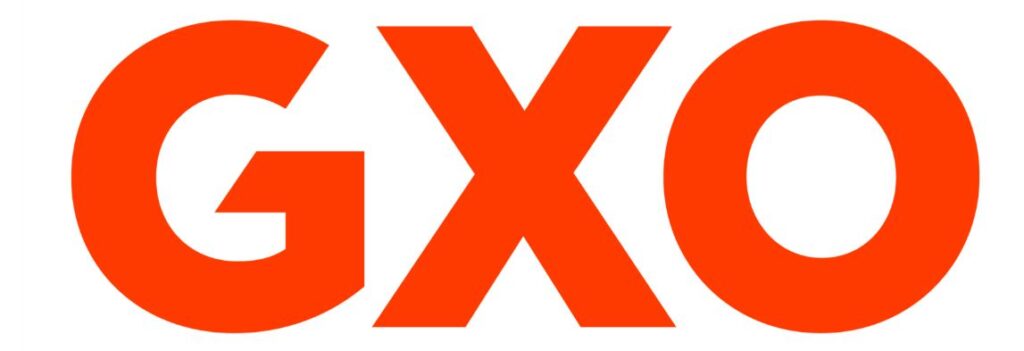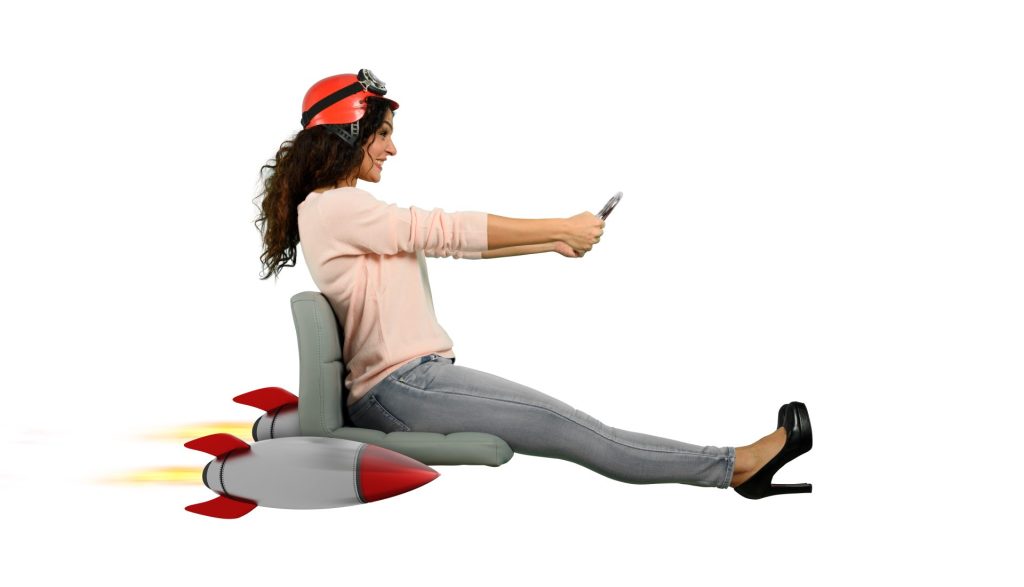Welcome to the most recent column in just our broader sustainability section, which focuses on what style retailing is performing to address the issues in its industry.
This month’s column is about click & obtain – it’s not rocket science but performed correctly it could possibly just be the much better environmental and economic option that some major players will need. Brought to you by Retail Insider with GXO.

Simply click & Acquire at times would seem to be the Unappealing Sister of the e-commerce world. It is not seriously at the cutting edge of know-how, as one particular of the very first on the net providers made available it would seem to have been about endlessly and it’s neither one particular thing nor the other if a retailer is focusing on exclusively an on-line or in-shop system. But it would be a miscalculation to create Click & Acquire off since according to a Barclays Company Banking report published in the autumn final yr Click on & Obtain transactions manufactured up virtually 10% of all transactions in 2022 worthy of £42.4 billion.
Add to that the other getting from Barclays that, despite the fact that simple online buying peaked throughout the pandemic, desire for Click & Obtain continues to develop with 41% of all physical Uk merchants utilized as choose-up and return processing areas.
Important suppliers such as Aldi (setting up to ramp up its services noticeably during the Uk immediately after it ended its Deliveroo tie-up) and John Lewis (a partnership with Dobbies enables prospects to select up their parcels at sure backyard garden centres) are on the lookout to expand a number of variants of the Simply click & Acquire product, and all through the back again stop of previous calendar year we experienced 1 of the massive beasts of British manner – the notoriously e-commerce-sceptical Primark – eventually asserting a Click & Acquire demo in the North of England throughout its children’s outfits ranges inside of 25 merchants.

The demo – sent in conjunction with the sponsors of this column GXO through its ClickLink system – has been so well-known that the Primark web site came below excellent tension handling outstanding volumes. The organization, which is nonetheless extremely firmly resistant to household shipping, has reported that it hopes a check out in-retail outlet for Click on & Acquire orders will final result in supplemental top rated-up buys that will make the whole detail more economically practical. So which is the financial situation but what of the environmental advantages of Simply click & Collect?

Effectively, there are absolutely environmental benefits to having prospects to pick-up and return their possess buys so that an environmentally liable organisation this kind of as GXO can course of action the returns from retailer. Absolutely people are far less likely to get 5 diverse iterations of the very same garment just to see which they may possibly choose if the supply and returns method involves just a smidgeon of effort on their element. That is just human psychology as individuals benefit their very own time additional than other people’s. Extra targeted and imagined-about purchasing is constantly fantastic for the ecosystem.
With its financial and environmental pros there is a debate more than irrespective of whether Click on & Accumulate ought to be totally free or not. Most stores charge a price or have a bare minimum shell out and these equipment can be employed to manage take-up. John Lewis scrapped its minimal spend prior to Xmas to motivate consumers to be able to place scaled-down orders extra typically. For clothes retailers to make the support complimentary would absolutely contrast favourably with the increasing quantity of on the internet operators who are beginning to charge to discourage serial returners these as H&M and Zara.
Curiously, both equally these retail giants have resolved to preserve returns to store absolutely cost-free for buyers. There are not several who would disagree that the demise of unlimited value-no cost on line returns is a in addition for the setting but it could possibly also be the change of the humble hybrid Click & Accumulate model to move into the breach.
Supported by:







